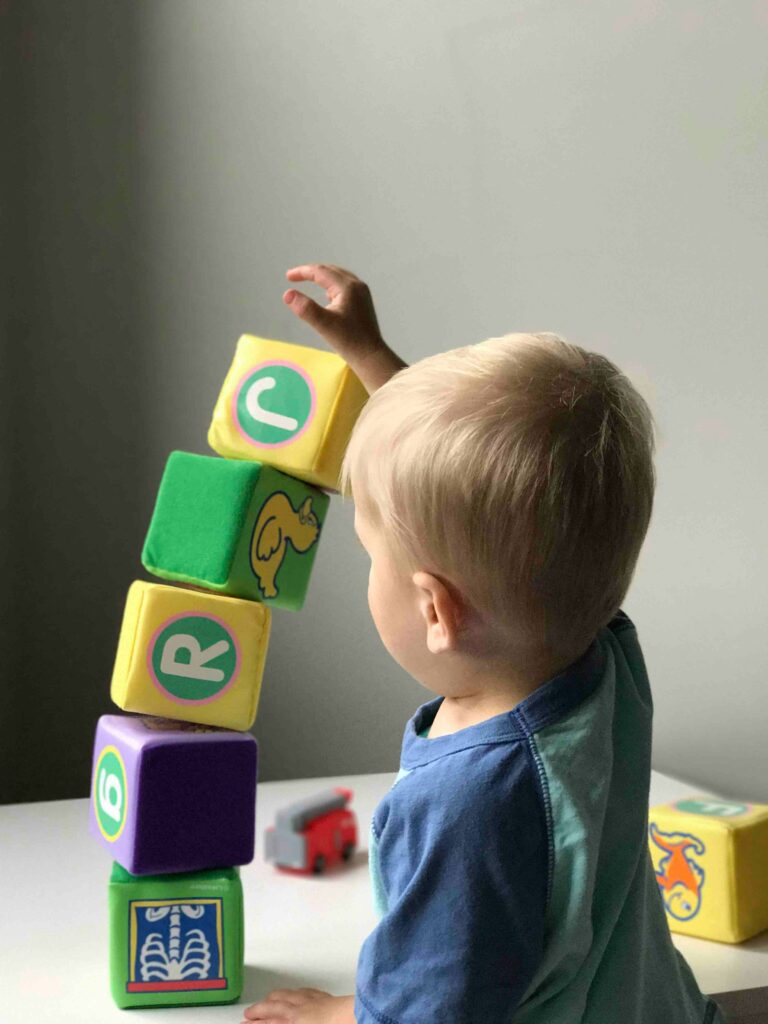
Understanding Play Schemas: How Kids Learn Through Play
As a mom, have you ever noticed your child doing the same kinds of activities over and over again? Maybe they love to drop things from their high chair, line up their toys in perfect rows, or spin in circles until they’re dizzy. While it might seem like random behavior, these repeated actions are actually part of an important developmental process called play schemas.
Play schemas are patterns of repetitive behaviors that help children make sense of the world. They are essential building blocks for learning, problem-solving, and creativity. By recognizing and supporting these schemas, we can encourage our children’s natural curiosity and growth in a way that feels fun and engaging (not to mention it will make us less frustrated when we pick up their dropped food for the thousandth time!).
The 8 Common Play Schemas
Here are some common play schemas you might recognize in your little one:
1. Trajectory Schema – Movement Exploration in Child Development

This is all about movement! Children who love throwing, dropping, running, or jumping are exploring how things move through space. (Think of the toddler who can’t stop tossing their sippy cup!)
2. Transporting Schema – Understanding Object Movement

Does your child love moving objects from one place to another? If they’re always filling up bags, buckets, or trucks with toys and carrying them around, they’re working through the transporting schema.
3. Enclosure/Container Schema – The Joy of Filling and Emptying

Kids exploring this schema enjoy putting things inside containers and taking them out again. This might look like stuffing toys into boxes, hiding things in bags, or even crawling into small spaces themselves!
4. Rotation Schema – Spinning and Circular Movements in Play

Spinning, turning wheels, and playing with circular objects are signs of this schema. Kids drawn to rotation may love watching the washing machine spin or twirling until they fall over.
5. Connection Schema – Building and Linking Objects
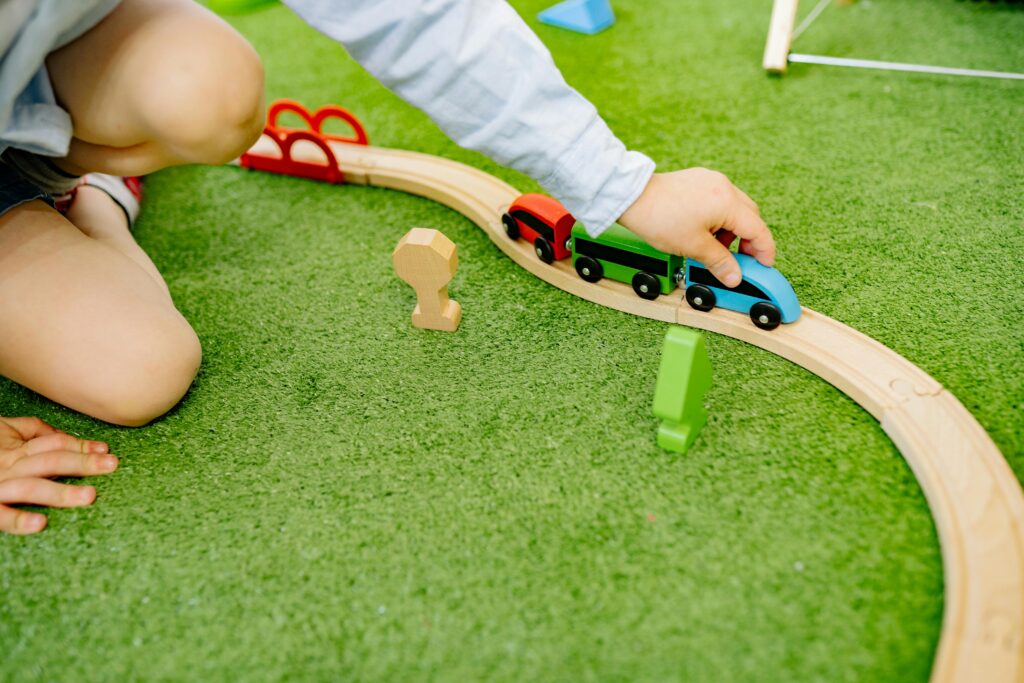
If your child is obsessed with joining things together (like building train tracks or linking toys), they’re exploring connection. They may also love taping things together or tying knots.
6. Orientation Schema – Seeing the World from Different Angles

Children working through this schema love seeing the world from different angles. They might hang upside down from the couch, look between their legs, or tilt their heads while observing things.
7. Transforming Schema – Experimenting with Change
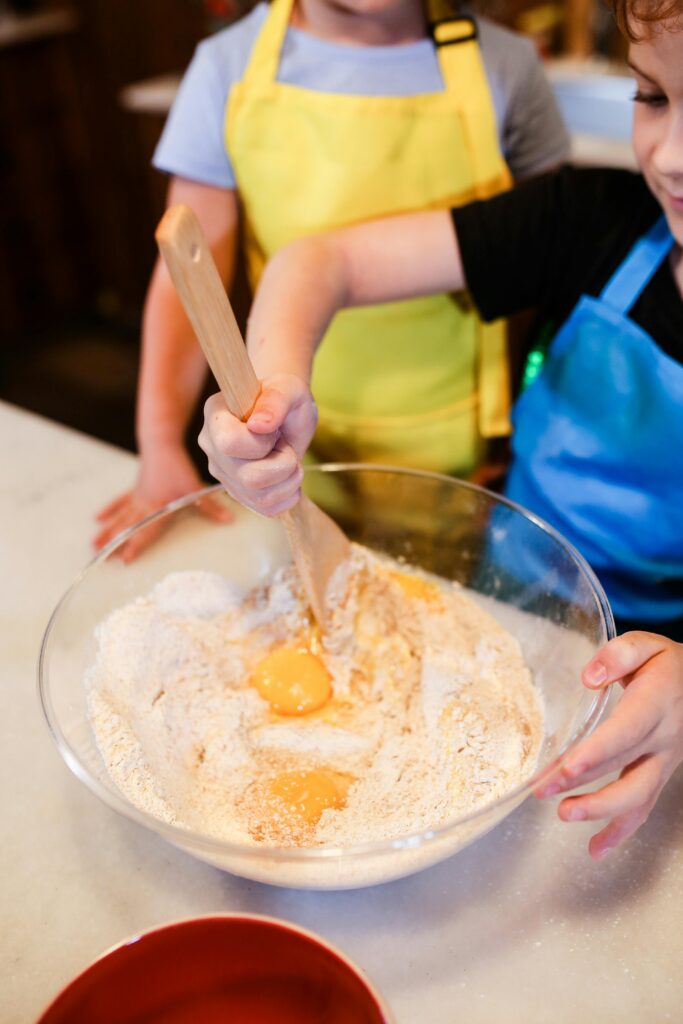
Does your child love mixing things together, such as water, sand, or paint? This schema is all about change, and kids drawn to it enjoy activities like baking, pouring, or experimenting with different textures.
8. Positioning Schema – Organizing and Arranging Objects
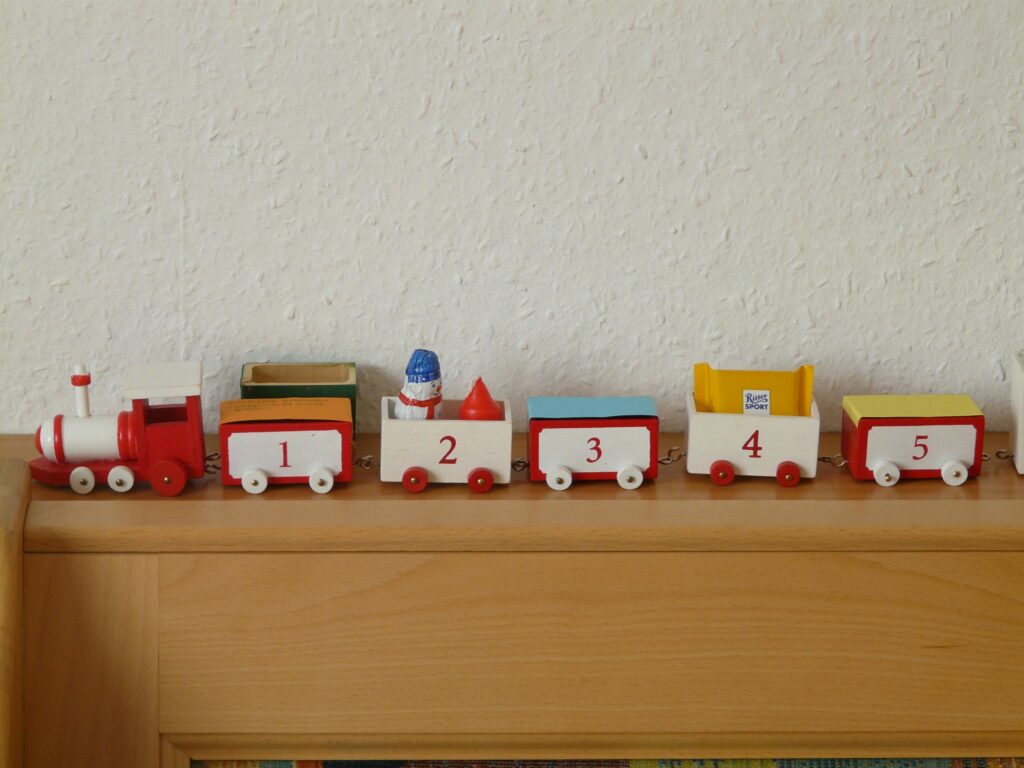
If your child is always lining up toys, organizing items in a specific way, or stacking things in perfect rows, they are working through the positioning schema.
How to Support Play Schemas: Engaging Activities for Kids
Once you recognize your child’s play schema, you can offer activities and toys that align with their interests. Here are a few ideas:
- For trajectory lovers: Provide balls, ramps, bubbles, or outdoor activities like jumping and running.

- For transporters: Give them baskets, toy strollers, or a mini shopping cart.

- For enclosure seekers: Offer nesting cups, cardboard boxes, or a play tunnel.
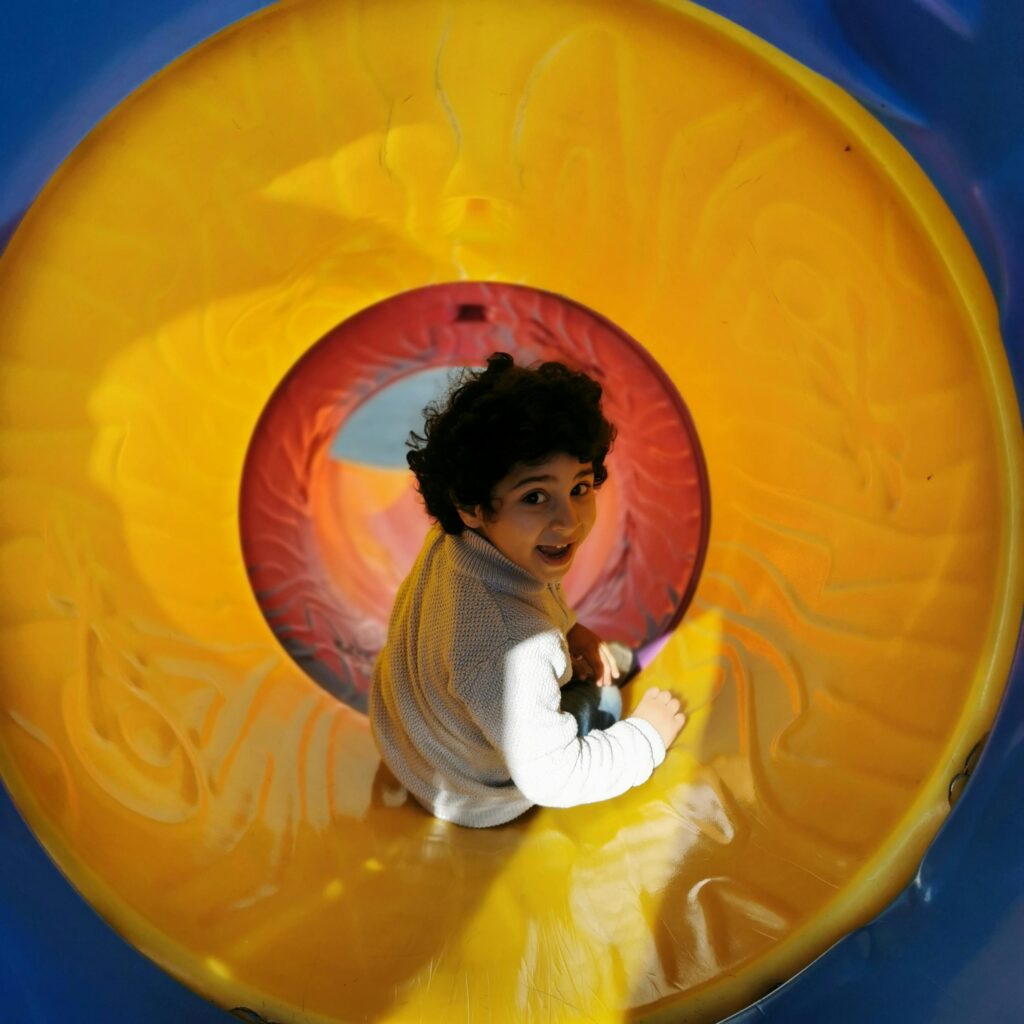
- For rotation explorers: Try wind-up toys, spinning tops, or toy vehicles with wheels.

- For connection fans: Offer Legos, snap beads, or Velcro activities.
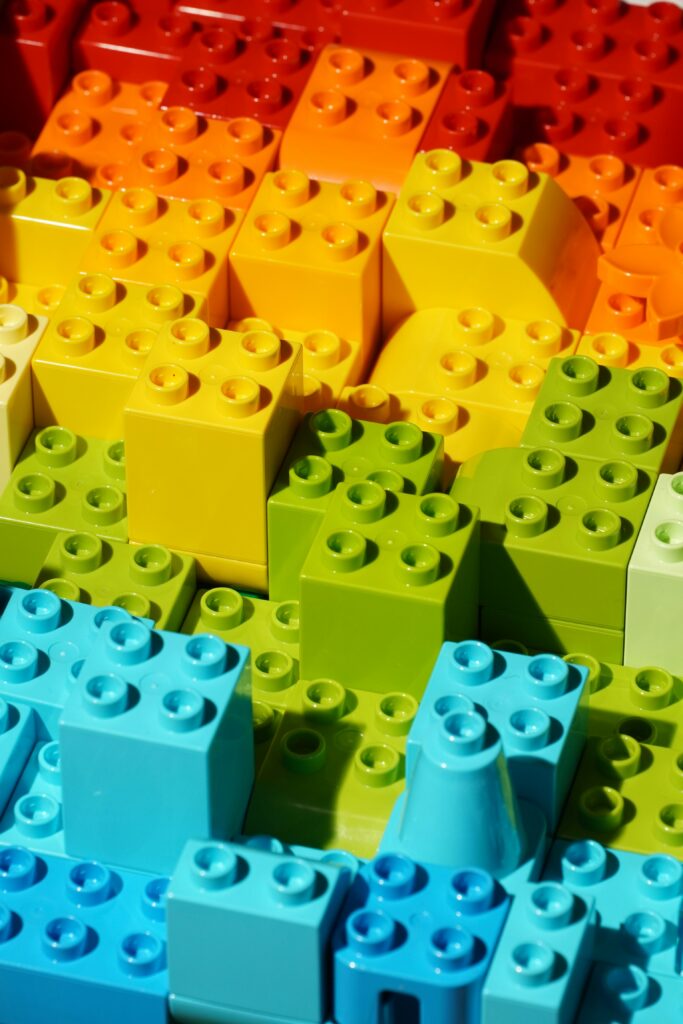
- For orientation seekers: Provide climbing opportunities, mirrors, and obstacle courses.

- For transformers: Let them play with water, playdough, or mixing paints.
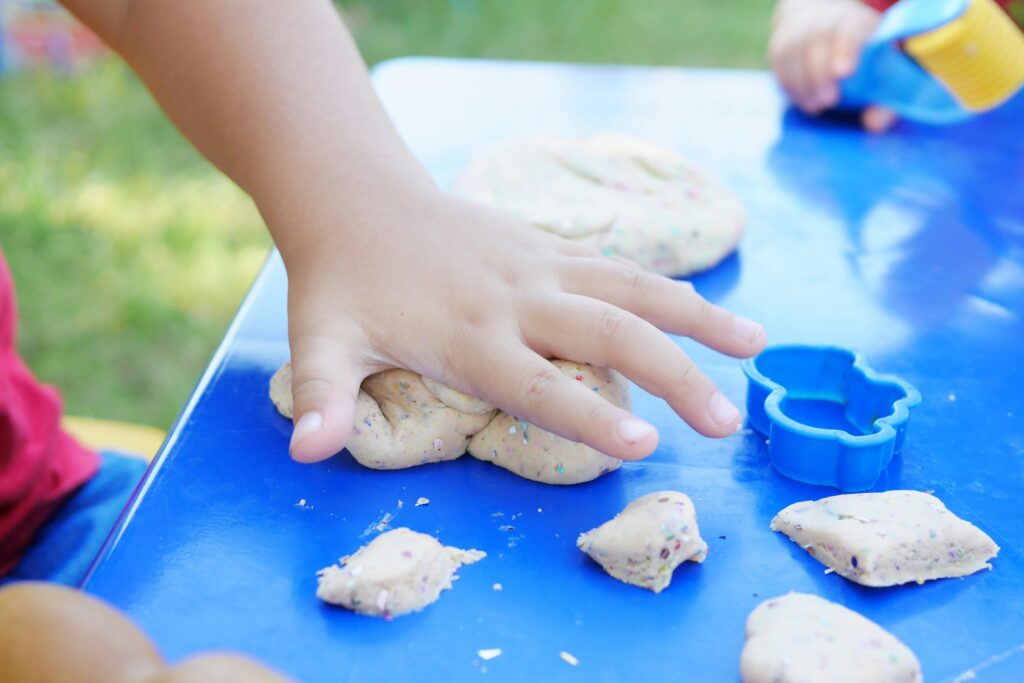
- For positioners: Give them puzzles, sorting games, or blocks for building patterns.
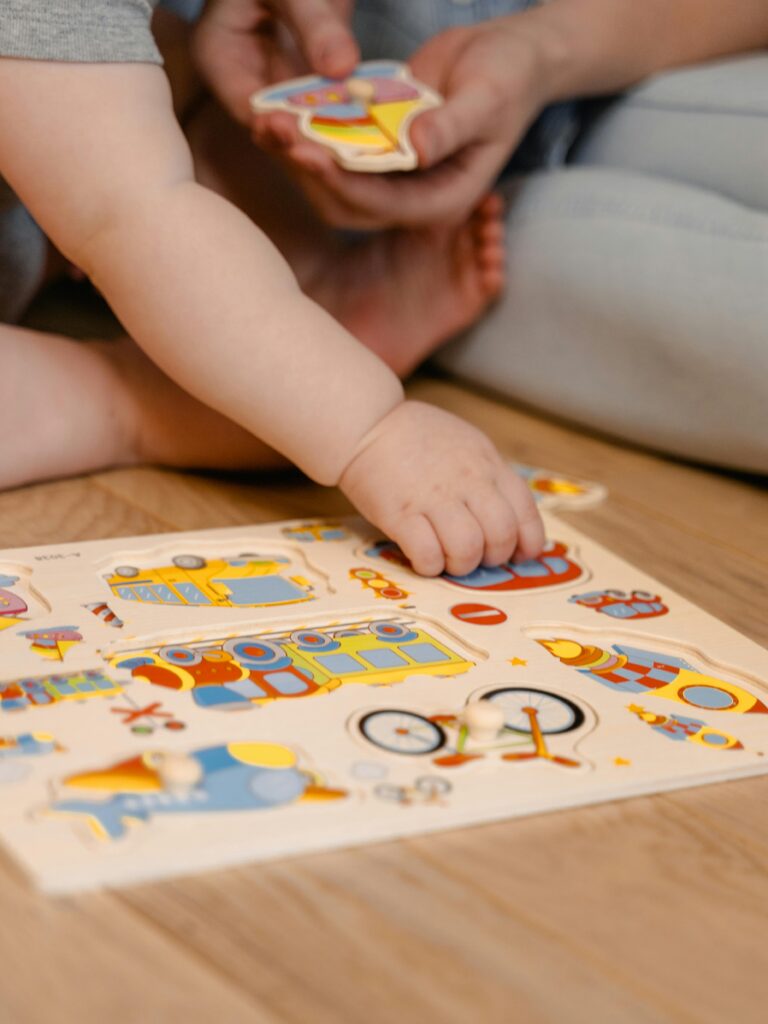
Embracing the Mess and the Magic of Play

Understanding play schemas helps us see the world from our child’s perspective. Instead of getting frustrated when they repeatedly drop their spoon or scatter their toys, we can recognize that they’re engaged in valuable learning. Play schemas are how children test ideas, discover cause and effect, and develop critical thinking skills.
So next time your little one is knee-deep in their favorite repetitive play, embrace it! Offer activities that build on their natural interests and watch as they grow, learn, and develop new skills—all through play.
